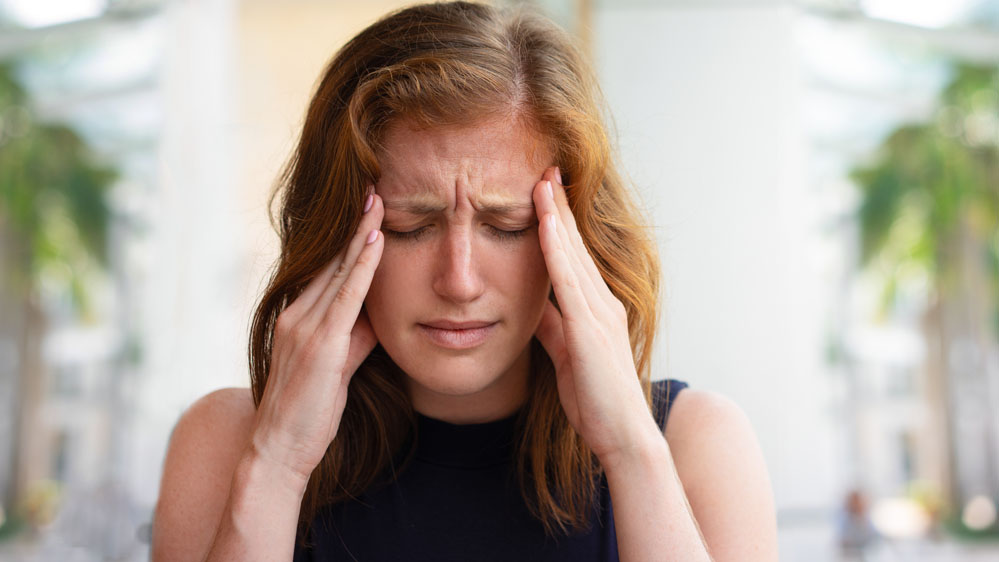Migraine: Causes and Treatment
A migraine is not the same as other types of headaches. Migraines tend to be more severe. A migraine attack can last anywhere from four hours to three days and is accompanied by other symptoms, such as nausea, vomiting, and sensitivity to light, noise and smells.
The condition is common, affecting more than 37 million men, women and children in the United States, according to the American Migraine Foundation. Even if you do not personally experience migraines, you probably know a family member or friend who does.
Don't suffer with migraine pain. A board-certified primary care provider at Beaufort Memorial can help you develop a treatment plan.

Risk Factors for Migraine
Multiple factors can trigger a headache. However, the following can lead to greater risk of chronic migraines:
- Family history of migraines: Migraine is a hereditary condition. If one or both of your parents experience frequent migraines, you may be at risk, as well.
- Medical conditions: Certain conditions, including anxiety, bipolar disorder, epilepsy and insomnia, can cause migraines.
- Sex: Women are three times more likely to experience migraine attacks than men. This is most likely due to fluctuating hormone levels during menstruation, pregnancy and menopause.
Different Types of Migraines
Each migraine attack is different and has a unique set of symptoms. The following are some of the most common types of migraines:
- Classic: This type of migraine begins with an aura, a change in vision that lasts about 15 to 30 minutes. An aura causes visual disturbances, such as flashing lights and distorted shapes, and is followed shortly by muscle weakness and head pain.
- Common: As the name suggests, this the most common type of migraine. A common migraine begins without an aura. It may build gradually but last longer. It often affects just one side of the head.
- Retinal: Retinal migraines are more severe, causing changes in vision unrelated to an aura. This type of migraine can cause temporary blindness and decreased vision before the head starts pounding.
- Silent: Silent migraines cause aura symptoms and sensitivity to light and sound but not a headache.
Treating Migraine Symptoms
Although there is no cure for migraine, the following steps can be taken to relieve symptoms:
- Implement relaxation techniques. Adults can ease tension-related head pain with therapies, such as biofeedback and relaxation training.
- Try drug therapy. If over-the-counter medications don't ease your pain, speak with your physician about taking preventive medications for migraine. Medicine should be taken with care to avoid the risk of developing medication overuse headaches.
- Use cooling products. Applying a cool, wet cloth or an ice pack to the forehead and neck can provide temporary relief for a migraine.
Always speak with your primary care provider about any concerning signs and symptoms. He or she may refer you to a specialist who treats migraine disorders.
